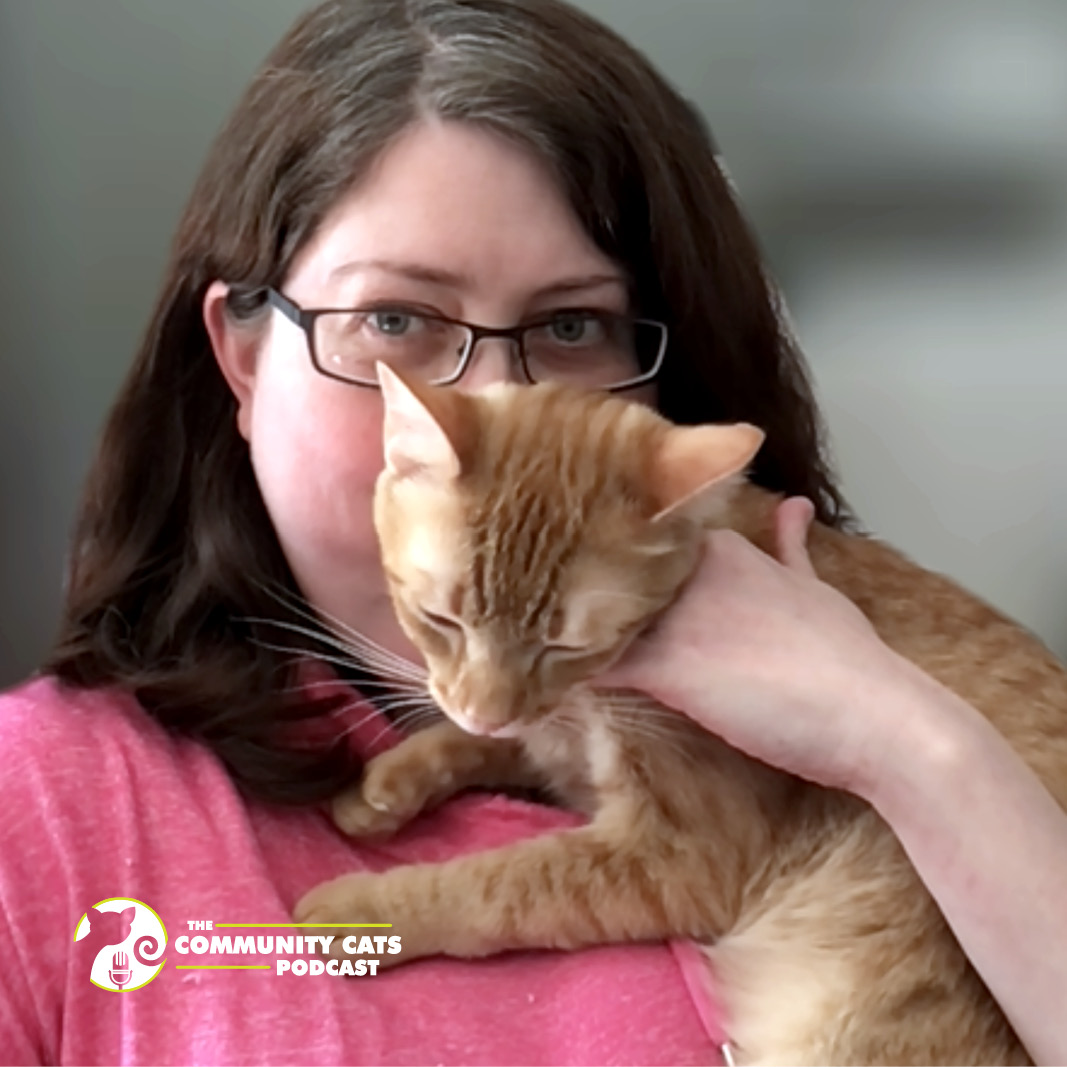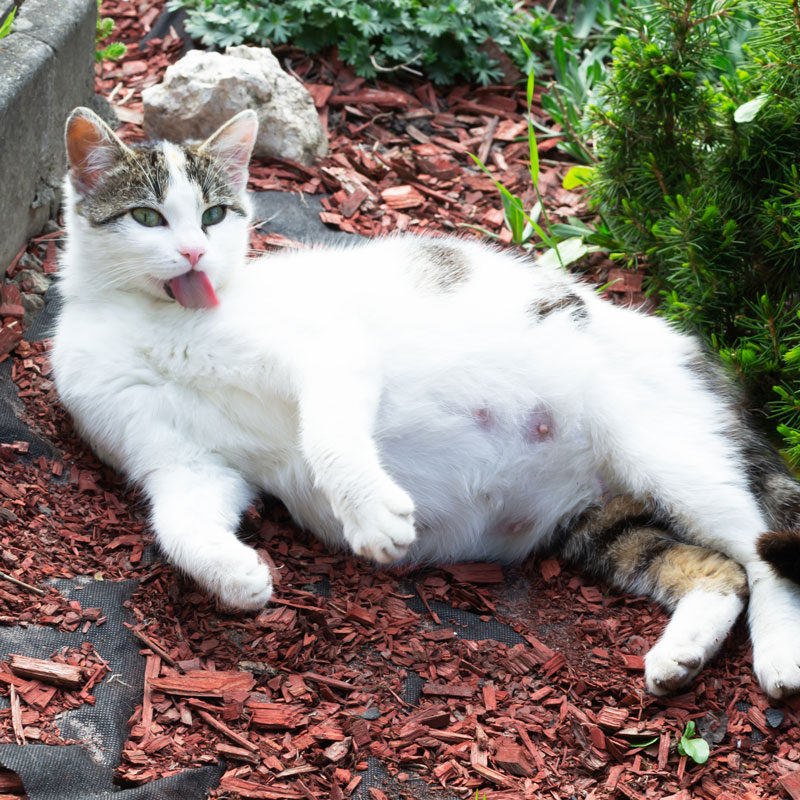
Community Communication with Caitlin Quinn, Director of Operations at HeARTs Speak
September 6, 2022
Romance, Suspense, and Trapping with Angela Campbell, Best-Selling Author, The Psychic Detective
September 13, 2022
This is a blog post that I honestly thought I would never write, but here we are. We are living through an unprecedented period where I am frequently hearing statements like:
- In terms of access to affordable spay/neuter resources in a timely manner, we are set back 20 years!
- Families in my community are waiting an average of four to six months for a spay/neuter appointment.
- Many organizations are now adopting out cats/kittens with spay/neuter vouchers, thinking this is going to help our pet overpopulation problem.
- I work in animal welfare, and I am even having a hard time getting veterinary appointments for my pets or new kitties I just adopted.
These comments are coming to me on a daily basis. Our community members are being faced with the challenge of holding onto unspayed or unneutered cats for months at a time. These families want to do the right thing and not allow these cats to get pregnant, but what are they to do?
I have lived with an unspayed female cat in heat and an unneutered cat in another part of the house, and it is a challenge. Years later, my house still shared the impact of the spraying on very humid days in the summer! Access to care is supposed to be a movement toward reducing barriers for families to get the affordable services they need, but this isn’t happening in the animal welfare space. We aren’t utilizing our very precious veterinary resources efficiently. Animal welfare organizations shouldn’t be sacrificing their spay/neuter programs in order to build up others. This is the time our spay/neuter programs need to grow. We are most likely facing a recession! If families can’t get access to affordable spay/neuter, we will see a great surrender happening at our shelters.
Then there are folks that say, “but we have Return-to-Field or Shelter-Neuter-Return.” These programs were created with the intent of returning unowned cats to the community. These are not programs that should return owned cats. Unless the scenario goes something like this: When families can’t access spay/neuter on their own, they become irritated by their cat’s behavior and call the shelter. Since the shelter isn’t taking in cats, families–frustrated and without options–let their unspayed or unneutered cat(s) out. They keep feeding them, but eventually, their cat gets trapped by some community member. The cat looks good (because they are, in fact, owned) and is (finally, after roaming and reproducing) spayed/neutered as part of a TNR program.
But what if the shelter doesn’t have the spay/neuter capacity for RTF or TNR (which is happening)? What happens then? The cat is put back out and the vicious cycle of breeding and unwanted litters continues.
The new metric we should be looking at going forward is Length Until Sterilization (LUS) not Length of Stay (LOS). Unsterilized cats/kittens are common shelters, not already spayed/neutered. Our goal is to reduce the community cat population, it isn’t to reduce intakes at our shelters (that doesn’t tell the whole story).
Let’s Get to The Source of the Problem
Why must we make this process so long and arduous for our cats and guardians? I recommend that we all revisit the Community Cat Pyramid (see our resources here and here for a refresher). At the bottom layer of the pyramid, we have the owned cat population. This is where Adam (the unneutered cat) and Eve (the unspayed cat) live. They have loving families who care for them. Their families want to do what is right for the health of their cat, but they are told there is a four to six-month wait, or they need to show proof of low income. The cost of care at a private veterinarian is almost as much as a mortgage payment and many of them aren’t taking on new clients.
 The scenario described above is the make-or-break point for animal welfare organizations to make connections with families in the community; the time we need to be there for them and ensure we are prioritizing our resources to help this group. Instead, I feel like we are offering fewer services, not more.
The scenario described above is the make-or-break point for animal welfare organizations to make connections with families in the community; the time we need to be there for them and ensure we are prioritizing our resources to help this group. Instead, I feel like we are offering fewer services, not more.
I realize and understand that we are faced with a great resignation/great reshuffle. I think it is fair to say that most organizations are faced with staffing challenges like they haven’t seen before. Many groups report being short-staffed by 25% or more. The staff that they currently have are asking for more flexibility, benefits, compensation balances, etc. I get it. And it leads me to believe it is even more important that we go back to the basics, and some of the things that we were doing 20 years ago. Some of these community-based solutions could be:
- Bring back the weekend MASH clinics that were held at private clinics to help with Community Cat TNR
- Partner with private veterinarians and provide them with resources (like Feline Fix by Five) which might free up some time to help the community cat population growth, including training in high-quality, high-volume spay/neuter techniques, and how to handle feral cats in traps without causing stress
- Continue to build out high-volume spay/neuter clinics. There are many parts of the country that need more capacity. Check out Mike Greenberg’s Veterinary Care Accessibility Project.
- Neutering only owned male cats does make a difference in your community. If you are short-staffed and have limited resources, but a lot of volunteer support, doing high-volume neuters-only clinics will make a difference in your community cat population. (I think we should have a national Neuter November campaign where we do as many neuters as possible.)
- Don’t let an appointment get missed. If you reserve appointments with a clinic, you know they are like gold. Create a trapper’s group that can exchange appointments to ensure that every slot is filled. (Thanks, Tabitha, for the tip! Check out Tabitha’s new podcast here.)
- Engage with your community and share ways to keep their unsterilized cats indoors without getting pregnant. This is an area where I turned to several of our behaviorists from Online Behavior Day to get their thoughts on this issue. I would say the general consensus is that cats need to have more enrichment and to be kept busy–and separated! Male cats will spray, so make sure the area they are confined to has items that can be easily discarded or cleaned. You can also tip a litter box on its side, and the cat may spray there. Clicker training has also been used to help with redirection. (Thanks to Pam Johnson-Bennett, Tabitha Kucera, Dr. Rachel Geller, and Arden Moore for their support of this suggestion!)
Many years ago, I heard Peter Marsh, board member at United Spay Alliance, say that “cats are pets of the poor.” He went on to say, “as your income goes down, the number of cats you have goes up.” In other words, the people who have the most cats, need our help to care for them the most. That one fact is so simple but so true.
What is the greatest challenge in the community for cats? The numbers. The most important thing that we can do for cats in our communities is to get them spay/neutered. Let’s look at the work we are doing strategically and really see if we are achieving that goal.
Feel free to join the spay/neuter movement by checking out the United Spay Alliance, of which I am a board member, and Fixfinder.org, a grassroots organization focused on community cats.
These comments are those of the Community Cats Podcast and if you support what is written here, please share this blog in your networks.




